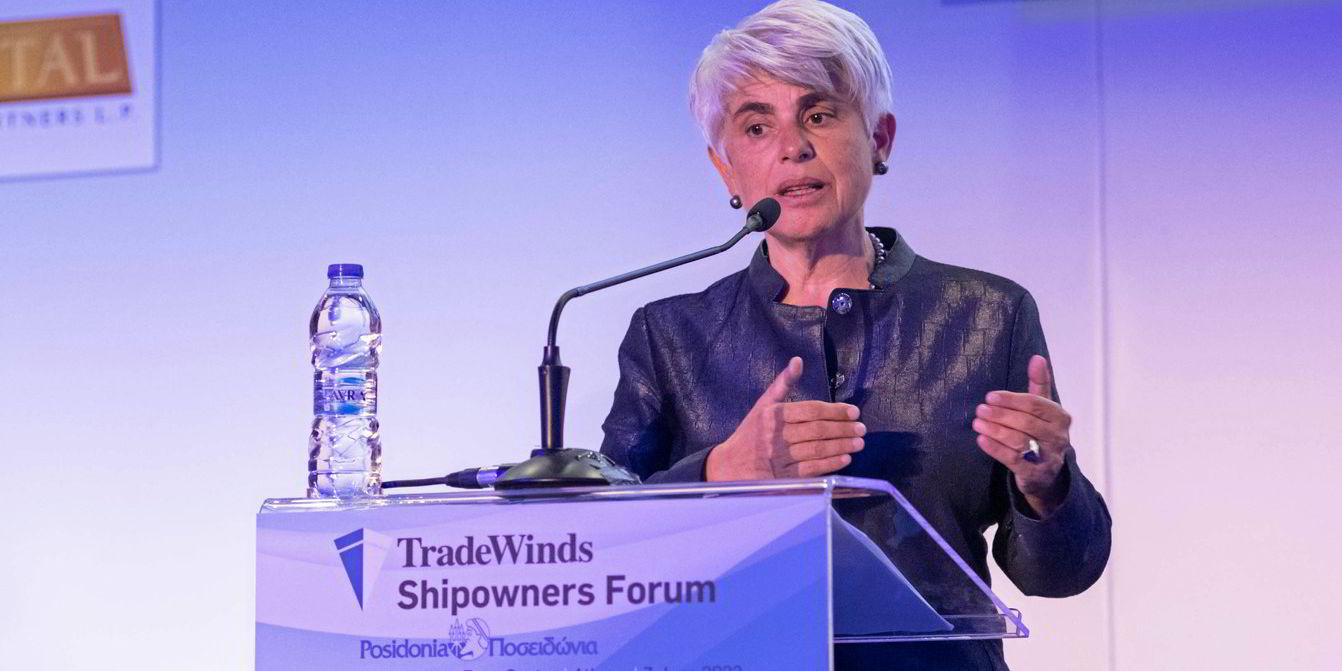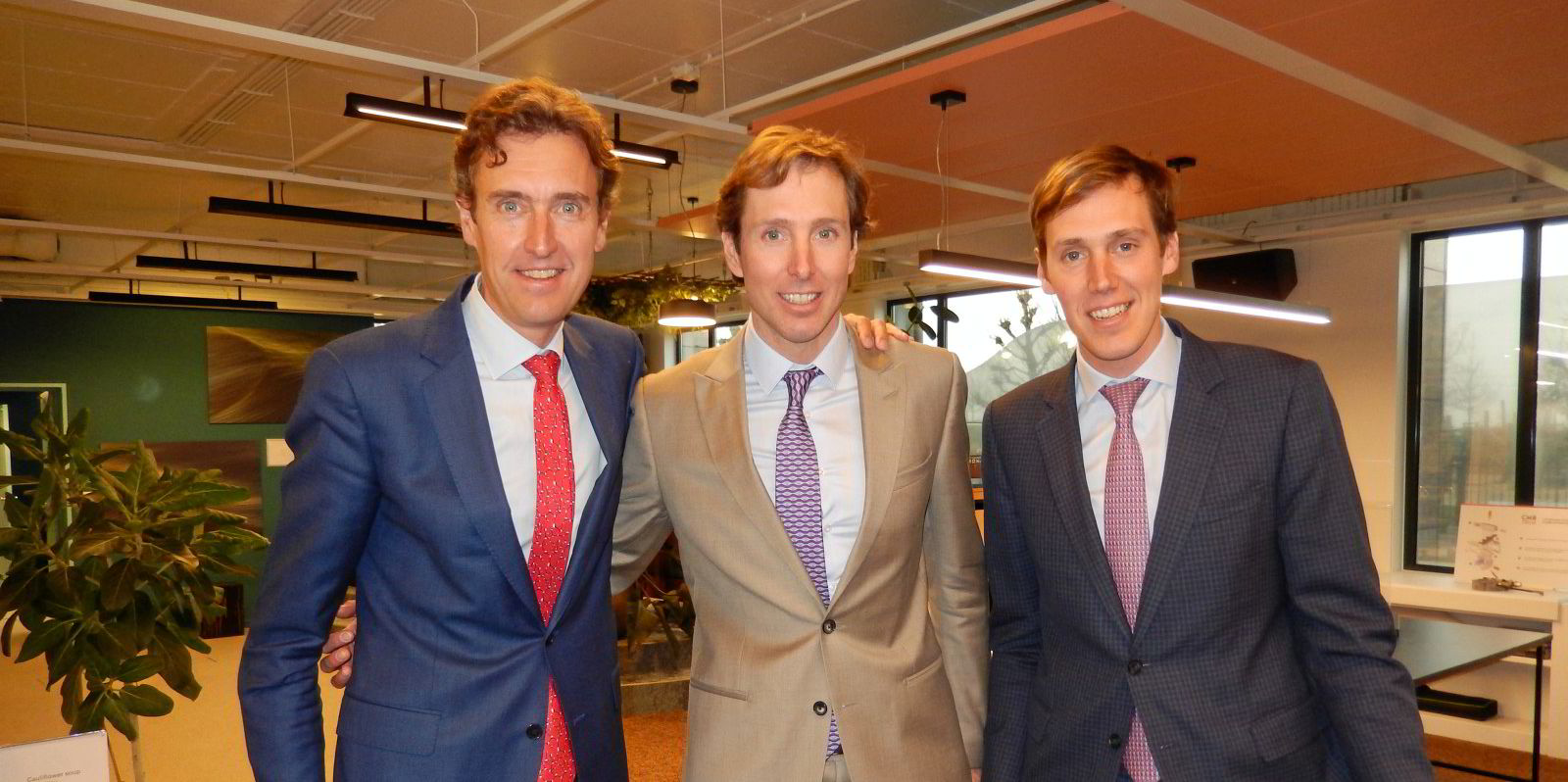With the 30-month dance between John Fredriksen and the Saverys family finally now (mostly) at an end, what to make of what investors have witnessed since the Norwegian tycoon began his pursuit of Belgian tanker owner Euronav in 2021?
The winner in the present, near and quite possibly the medium term? Fredriksen and his public company Frontline, and it’s not close.
In the long term? That could still go to the Saverys family and their bid to transition from the tanker business to the green energy sector. But frankly, who knows?
There are still more questions than answers around. But the Saverys have “derisked” their private investment in the green future by combining their CMB.Tech with the remaining assets of Euronav. Governance questions aside, that is a win for them.
Let us rewind two years to the beginning of the takeover battle. The founding Saverys family had let their stake in Euronav dwindle to less than 5% in 2021 when Fredriksen came calling, revealing his own 5.5% holding that October.
That spurred the Saverys and their private Compagnie Maritime Belge into action in a campaign to ward off the Viking raider, leading to an arms race of stock accumulation. It eventually would claim the head of respected Euronav chief executive Hugo De Stoop, who backed Fredriksen’s proposed merger.
While the Saverys were able to block the combination, the ensuing deadlock was broken when Fredriksen pulled off the largest sale-and-purchase deal in the history of the tanker market, scooping 24 modern Euronav VLCCs for $2.35bn last October.
Those tankers may already be worth $2.6bn and could soon touch $3bn, Clarksons Securities estimated in early March.
Frontline moves forward with a fleet of 41 VLCCs, 24 suezmaxes and 18 LR2s as analysts and others project the recent boom market for tankers could extend at least two years. And there may be further upside for VLCCs as and when Opec+ eases production cutbacks.
The Frontline message is clear: bellwether transporter of dirty and clean petroleum products, $5bn market capitalisation, high trading liquidity, high leverage to spot tanker rates and robust payer of shareholder dividends.
Fredriksen is once more the tanker king and may have finally silenced the critics who regularly pointed to Frontline’s failure to get a big-ticket deal over the line since long-term lieutenant Tor Olav Troim left his camp in 2014.
To say the Euronav message is more confusing would be an understatement.
To be sure, chief executive Alexander Saverys has been energetic and aggressive in trying to publicly brand the combined Euronav/CMB.Tech as an “investible green shipping platform”.
Much to his credit, Saverys ventured into what he himself called “the lion’s den” of Capital Link’s New York shipping forum recently. He confronted equity analysts, investors and anyone else who’s suggested that Euronav is no longer so “investible”.
Saverys argued that pure-play companies are a thing of the past and that shipping outfits that don’t embrace energy transition are doomed to disappear.
He questioned the obsession with building scale as a tanker owner, as though “stocks will miraculously start trading above NAV because the company is bigger, not better run”.
The thing is, it’s not clear that many are listening to Saverys at the moment.
For one thing, Frontline doesn’t need a miracle to trade above its net asset value. Fuelled by its simple strategy, high dividends and blue-chip principal backer, it has routinely traded above NAV. Clarksons had Frontline’s share price at 116% of NAV this month.
Secondly, Saverys can argue that pure plays are dead — as one might when presiding over a mixed bag of tankers, bulkers, boxships, offshore support vessels and a green-fuels business — but there is little evidence this is actually true.
Investors continue to prefer pure-play structures, and that is reflected in valuations.
One example is Angeliki Frangou’s Navios Maritime Partners. It is an effective conglomerate of tankers, bulkers and boxships as Frangou challenges the rationale for public pure plays. And the stock is up about 55% year to date as Frangou takes greater personal ownership.

Yet even with the run-up, Navios shares are trading at about 30% of investment bank Jefferies’ $144 per share NAV estimate, the worst in the peer group. While some cite an “Angeliki discount”, the unfocused “everything-bagel” approach to fleet composition surely plays a part.
So back to Euronav. It is, in fact, a company trading below NAV, sitting around $16.20 this week against a recent NAV estimate of $17.73 from investment bank Stifel. The discount could last for some time.
There is a reason why the vast majority of existing Euronav shareholders jumped ship as CMB carried out a mandatory $1.2bn tender for the remaining shares it did not own.
The Saverys may well be on the side of angels when it comes to their green-transition goals, and Euronav/CMB may yet prove to be the investible platform it claims to be. Just not likely soon, as Stifel analyst Ben Nolan described in a February note.
“These transactions will have turned the largest pure-play crude tanker business into a diversified fleet with lower earnings power and higher leverage,” Nolan wrote.
And while there may be future opportunities in hydrogen and ammonia, “that is not what investors buying a crude tanker company are looking to accomplish”.




